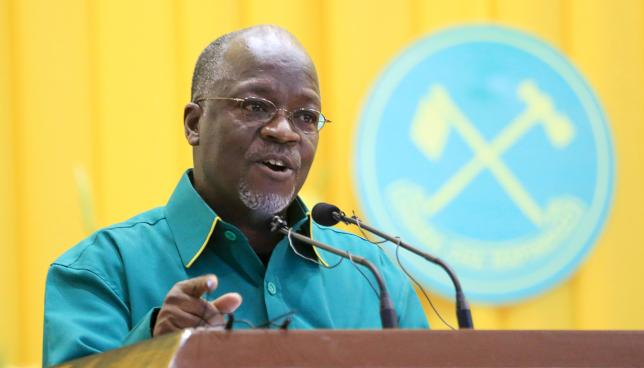
AFRICA has been touted as the next big thing for luxury retail – the global luxury industry is estimated to have been worth $279.5 billon last year, with just $4 billion of that going to Africa.
But that number is expected to rise, as the African millionaires—and billionaires—who are driving consumption for luxury products and services such as private jets, champagne, timepieces and other items continue to swell in number.
Consultancy firm McKinsey reckons that the number of High Net Worth Individuals (HNWI) in Africa has increased from 101,000 to 148,000 over the past five years (2009-2014) and the number of wealthy, status-conscious Africans is set to double in the next ten years.
But looking at granular data on household expenditure reveals some very unexpected trends on how families are spending their income, suggesting that even the rich in Africa are dragged down by a peculiar form of gravity – the difficulty of simply living in Africa.
According to the World Bank’s Global Consumption Database, which examines household spending in 92 developing countries around the world, the lowest income groups spend the bulk of their income on food, averaging 54%. As incomes go higher, people spend proportionately less on food, with the richest families in developing countries spending 20% on food.
In Africa, roughly the same trends unfold. The poorest income group spend about 60% of income on food alone – in countries like Burundi, Malawi, Tanzania and Guinea, it’s more than 70%.
Devil in the data
But things get a little more complicated when you look at the higher income groups. True to expectation, richer families in Africa spend proportionately less on food than poorer households do. The lowest is in South Africa, where rich households spend just 7.5% of their income on food.
But some rich countries have wealthy households still spending higher than average proportions (more than 20%) of their income on food – in Malawi, the richest households are still spending 32% on food, in Cote d’Ivoire and Kenya, it’s 26%, suggesting that even the wealthy – by the standards of that country – are not as wealthy as might be imagined.
Even more intriguing is when you compare spending on food and on transport. On average, rich households in developing economies spend roughly the same on food and transport, roughly 20% for each; the amount of money it takes to fuel and maintain a car (or two) is about the same as the monthly budget on food, perhaps adding on the occasional trip by air.
But in some countries in Africa, transport spending is far, far higher for wealthy families than might be expected.
In Tanzania, for example, the richest households spend 10% on food, but a staggering 77% on transport; in Chad, it’s 12% food and 73% transport; in Ethiopia, it’s 11% food and 59% transport, and in Ghana, it’s 18% food and 45% transport.
It suggests that basic transport infrastructure is so inefficient that it pushes up costs to the stratosphere, relatively speaking; it’s so expensive that the rich are forking out more than half of their income on just getting around.
All over Africa, the poor don’t even bother, only travelling when absolutely necessary and typically spend less than 8% of income on transport.
Tanzania is a good case study, where rich households spend more that three-quarters of their income on transportation, despite big investments in improving road quality over the past decade.
Over the past few years, the country has made much progress in road sector reform and network quality; as of 2006, about 95% of the paved network and 69% of the unpaved network are in good condition, compared to 80% and 58% in low-income countries.
But that still isn’t enough to bring transport costs down. The roads might be good quality, but they are simply not enough of them.
Non-tarriff barriers
The density of paved roads is well below the norm for low-income countries, with 47.1 km of paved roads per 1000 sq. km of arable land. This lags far behind the average for low-income countries, which was 86.6, and for middle-income countries, which was 507.4.
Other non-tarriff barriers have the effect of reducing competition in the transport industry. According to the Tanzania Revenue Authority, just 800,000 Tanzanians have driving licenses, out of an adult population of about 25 million; so the majority (even those relatively wealthy) travel by public means.
But one World Bank study showed East Africa’s major transport corridors, there is a roadblock every 30-50 km. The bribes paid at the roadblocks and weigh bridges per truck or bus ranged from $2.40 to $16.80, pushing up the costs of transport.
Evidence from enterprise surveys suggests that infrastructure constraints are responsible for about 34% of the productivity handicap faced by Tanzanian firms over the period 2002-2006, with the remainder being due to governance, red tape, and financing constraints. Transportation is reportedly the infrastructure constraint that weighs most heavily on Tanzanian firms.

![Will Your Child be Rich or Poor? 15 Poverty Habits Parents Teach Their Children [MUST READ]](https://www.africanleadershipmagazine.co.uk/wp-content/uploads/2015/07/Moziah-Bridges_40307-e1436957920445.jpg)
